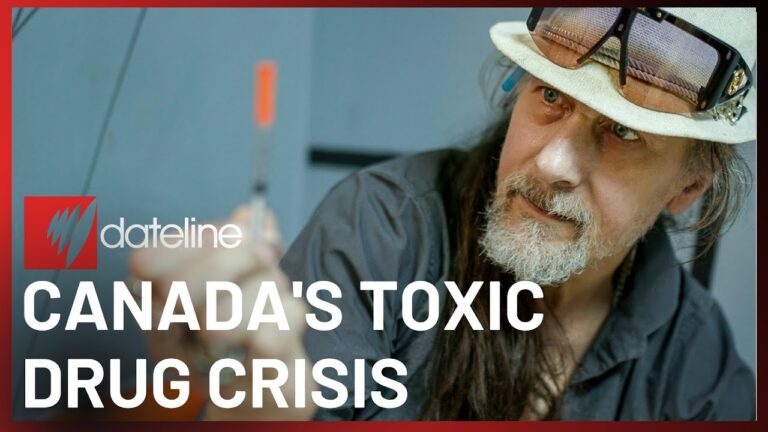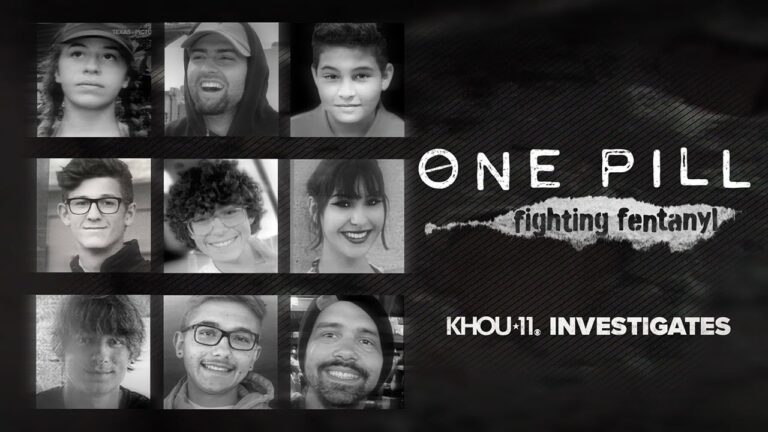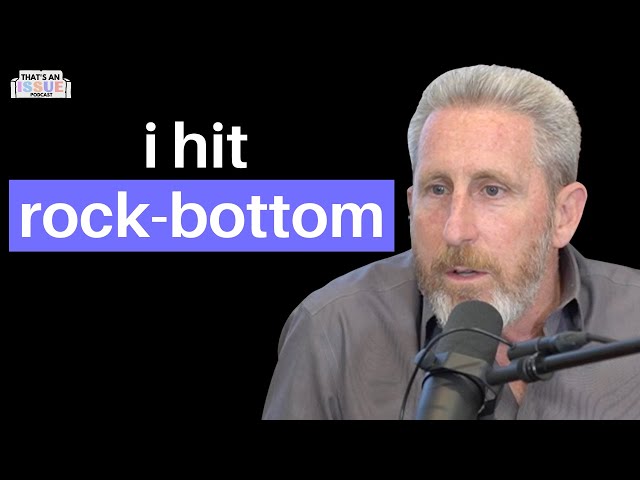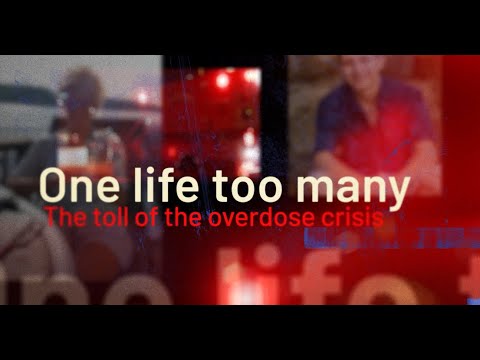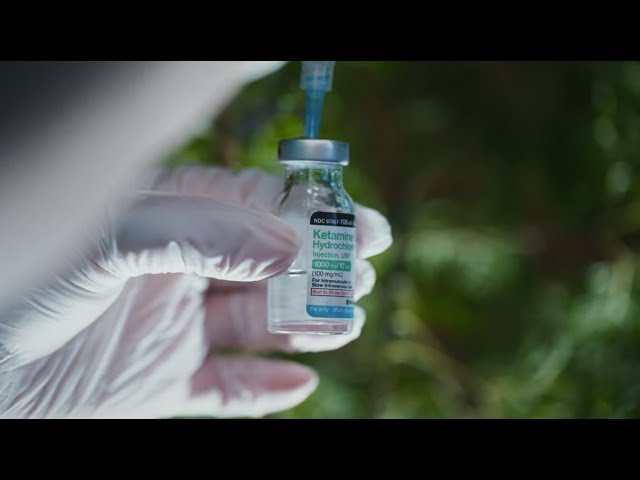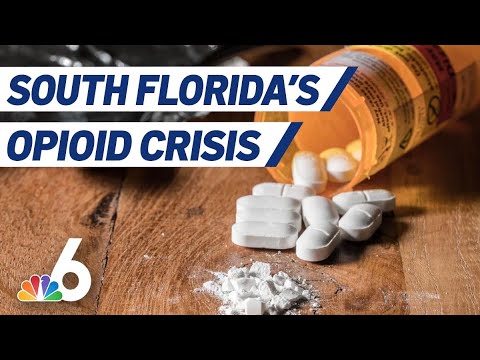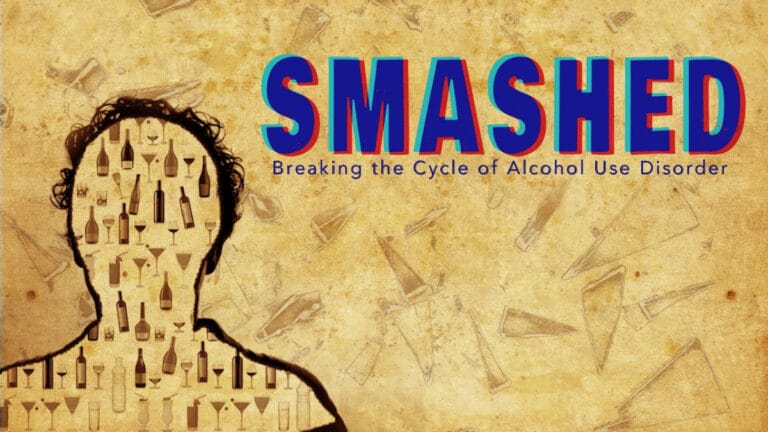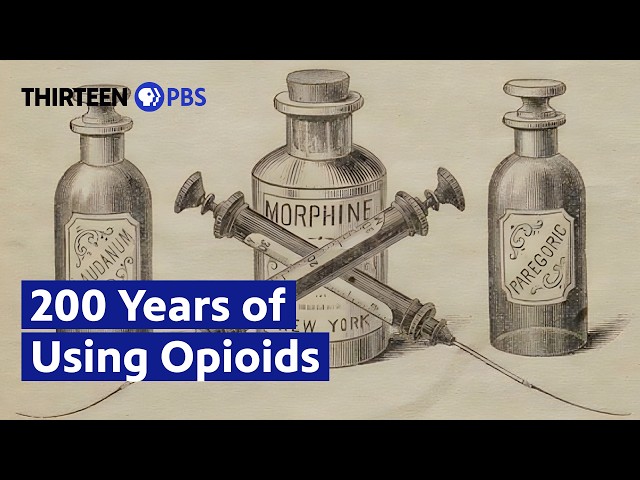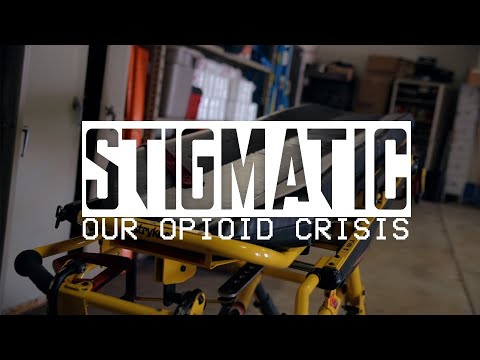Introduction
This webinar addresses specific barriers to sobriety experienced by those with an opiate addiction, as well as several effective strategies for helping them obtain long-term recovery and sobriety. Attendees will learn ways to increase treatment effectiveness with this population and reduce the likelihood that a client with an opiate addiction will leave treatment prematurely. [Taken from YT description]
Foundations Recovery Network also has a large playlist of webinars.
Watch Now!
Quotes
“The number of unintentional overdose deaths from prescription pain relievers in the United States has more than quadrupled since 1999.”
“The United States is the biggest consumer of prescription opiates, accounting for almost 100% of the world total for hydrocodone (e.g., Vicodin) and 81% for oxycodone (e.g., Percocet).”
“By 2010, the number of pain medications prescribed was enough to keep every single American medicated for one month’s time.”
“Opiates create a sense of pleasure and well-being and, as so many people say, the euphoric feeling is extremely pleasing.”
“What we are trying to do in recovery is help people find healthy ways of getting a dopamine release.”
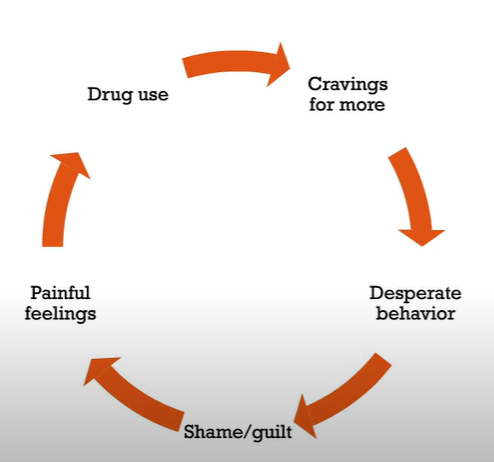
“It starts off with drug use then the person has cravings for more. They engage in desperate behaviours, leading to feelings of shame and guilt. This is painful and the person turns to drugs to cope with those painful feelings. So it becomes a vicious cycle.”
“Opiate addiction is defined as a chronic relapsing disease caused by changes in the brain and characterized by uncontrollable drug seeking no matter the consequences.”
“People end up doing things they would never normally do. The frontal cortex decreases in functioning, so you don’t have the reasoning skills, and the desire to get the drug feels as if it’s life or death. It becomes survival and then leads to increased shame and guilt.”
“I believe that the best outcomes are when individuals can get long-term treatment and that in treatment clients need structure to help them learn impulse control and self-regulation. It takes time to get clarity of thought because the brain has been hijacked.”
“Many residential and inpatient facilities are using EMDR and other strategies to address issues of trauma, but often times individuals are just not ready to address that trauma during the first 30 days of treatment.”
“A huge part of helping individuals maintain long-term sobriety is helping them learn to trust and creating an atmosphere of trust.”
Continue Learning
Hey there! I hope you found this resource useful! If you’re interested in learning more about some of the topics discussed, you can browse through these additional resources. Please don’t hesitate to contact me if you need help with anything else.
Opioid Use Disorder
- 2-Minute Neuroscience: Opioids
- Drug Addiction: How Opioids Like Fentanyl Work
- How Do Opiates Affect the Nervous System?
- How Drugs Hijack Your Brain’s Mu Opioid Receptors
- Medications for Opioid Use Disorder
- Medications for Opioid Use Disorder
- Opiate Addiction | The Causes
- Opiate Addiction | The Signs
- Opiate Addiction | Why It’s So Intense
- Opiate Use Disorder or Opiate Addiction?
- Opioid Addiction (CAMH)
- Opioid Overdose (WHO)
- Opioid Use Disorder (NIH)
- Opioid Use Disorder: Medical Treatment Options
- Opioids & the Body: The Science of An Overdose
- Signs of Opioid Use Disorder
- Therapeutic Approaches to Opioid Use Disorder: What is the Current Standard of Care?
- This Is What Happens to Your Brain on Opioids
- Treatment of Opioid-Use Disorders
- What Causes Opioid Addiction, and Why Is It So Tough to Combat?
Terms Mentioned
- 12 Steps to Recovery from Addiction
- 2-Minute Neuroscience: Dopamine
- 2-Minute Neuroscience: Reward System
- Benefits of Couples Therapy in Addiction Treatment
- CBT and DBT: Proven Therapies Addiction Treatment
- Dopamine and Addiction: Separating Myths and Facts
- EMDR (Eye Movement Desensitization And Reprocessing) Therapy
- How an Addicted Brain Works
- Integrating Vocational Services Into Substance Use Disorder Treatment
- Motivational Interviewing
- Opioids & the Body: The Science Of An Overdose
- Relapse Prevention & The 5 Rules of Recovery
- Relapse Prevention: Early Warning Signs & Important Coping Skills
- Tell Me All I Need to Know About Oxytocin
- The Dopamine Hypothesis of Drug Addiction and Its Potential Therapeutic Value
- Understanding the Opioid Overdose Epidemic
- What is Process Group Therapy?
Share Your Opinion
If you have finished reviewing this resource and have some spare time, I would greatly appreciate it if you could provide your opinion. Was it useful and informative? Did you run into any problems or find something distasteful? I’m thankful for any constructive and helpful feedback to help me improve.
* Your review will be for this specific post and as a result will affect the star rating of the resource. All submissions are reviewed for approval to filter out spam and inappropriate comments. Your email is requested as I may want to follow-up with you. Please also be aware that your review may be placed publicly on this website for others to read.
There are no reviews yet. Be the first one to write one.
